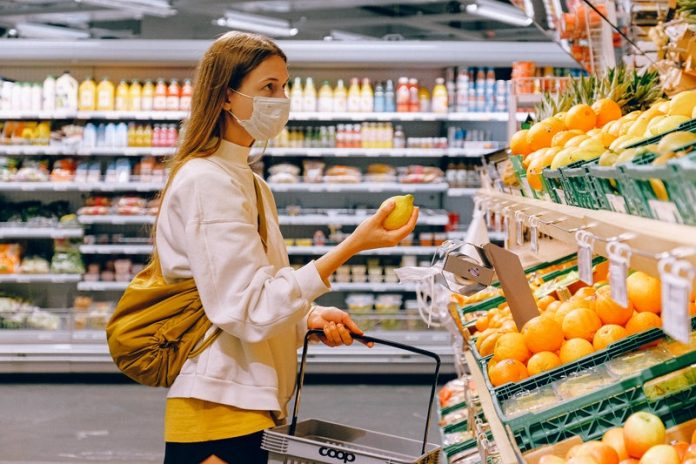
In a new study, researchers found that population-wide use of face masks keeps the coronavirus ‘reproduction number’ under 1.0, and prevents further waves of the virus when combined with lockdowns.
The finding suggests that lockdowns alone will not stop the resurgence of SARS-CoV-2 and that even homemade masks with limited effectiveness can dramatically reduce transmission rates if worn by enough people, regardless of whether they show symptoms.
The researchers call for information campaigns across wealthy and developing nations alike that appeal to our altruistic side: “my face mask protects you, your face mask protects me”.
The research was conducted by a team from the universities of Cambridge and Greenwich.
The team says if widespread face mask use by the public is combined with physical distancing and some lockdown, it may offer an acceptable way of managing the pandemic and re-opening economic activity long before there is a working vaccine.
People have little to lose from the widespread adoption of face masks, but the gains could be significant.
The new coronavirus is transmitted through airborne droplets loaded with SARS-CoV-2 particles that get exhaled by infectious people, particularly when talking, coughing, or sneezing.
For the study, the team worked to link the dynamics of the spread between individuals with population-level models, to assess different scenarios of face mask adoption combined with periods of lockdown.
The modeling included stages of infection and transmission via surfaces as well as air. Researchers also considered negative aspects of mask use, such as increased face touching.
The reproduction or ‘R’ number—the number of people an infected individual passes the virus onto—needs to stay below 1.0 for the pandemic to slow.
The study found that if people wear masks whenever they are in public it is twice as effective at reducing ‘R’ than if masks are only worn after symptoms appear.
In all modeling scenarios, routine face, mask use by 50% or more of the population reduced COVID-19 spread to an R less than 1.0, flattening future disease waves and allowing less-stringent lockdowns.
Viral spread reduced further as more people adopted masks when in public.
100% mask adoption combined with on/off lockdowns prevented any further disease resurgence for the 18 months required for a possible vaccine.
The models suggest that—while the sooner the better—a policy of total face mask adoption can still prevent a second wave even if it isn’t instigated until 120 days after an epidemic begins.
The team then the varying effectiveness of face masks.
They found that an entire population wearing masks of just 75% effectiveness can bring a very high ‘R’ number of 4.0—the UK was close to this before lockdown—all the way down to under 1.0, even without aid of lockdowns.
The researchers point out that crude homemade masks primarily reduce disease spread by catching the wearer’s own virus particles, breathed directly into the fabric, whereas inhaled air is often sucked in around the exposed sides of the mask.
By wearing a mask, people are primarily protecting others from themselves.
In the UK, the approach to face masks should go further than just public transport. The most effective way to restart daily life is to encourage everyone to wear some kind of mask whenever they are in public.
The lead author of the study is Dr. Richard Stutt.
The study is published in the Proceedings of the Royal Society A.
Copyright © 2020 Knowridge Science Report. All rights reserved.



